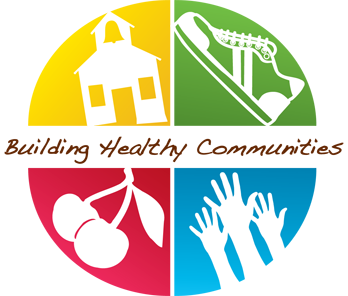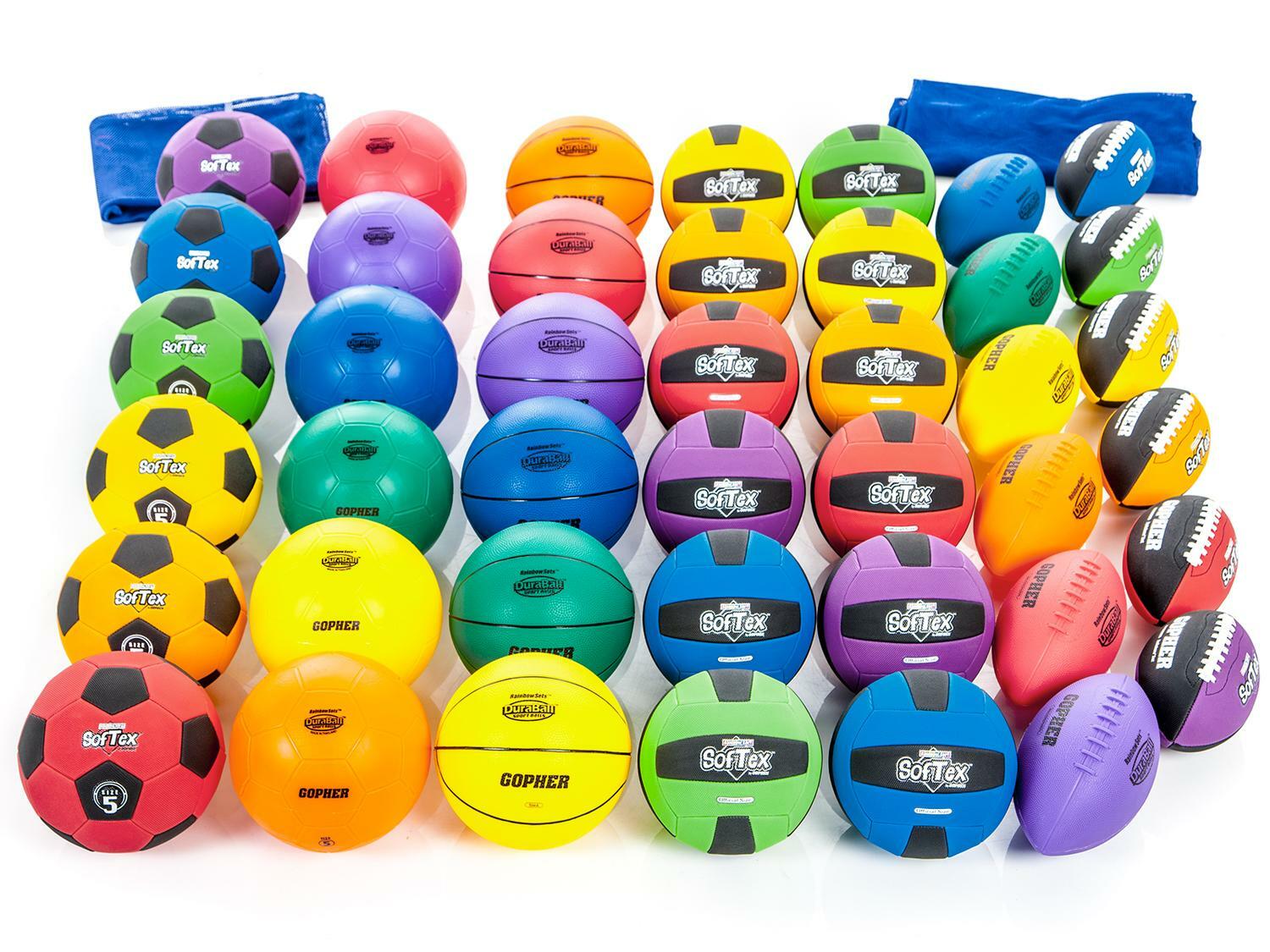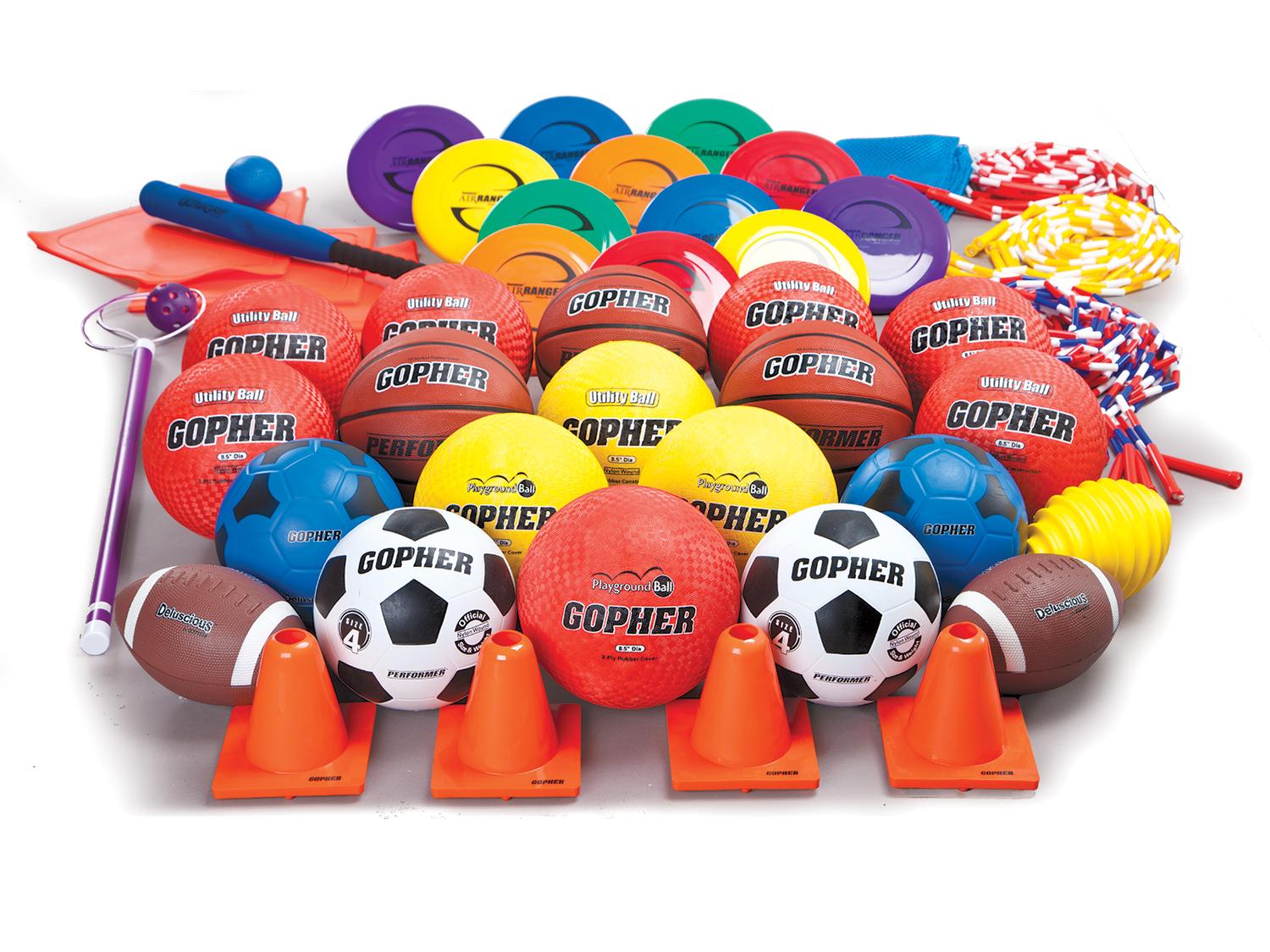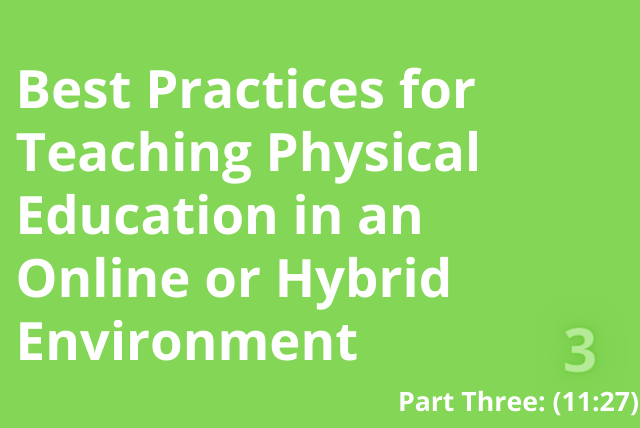BHC in the gym
Quality Physical Education (PE) is a hallmark of a healthy school! A comprehensive physical education program can play an important role in increasing children’s moderate-to-vigorous physical activity (MVPA). The U.S. Surgeon General’s recommends children engage in at least 60-minutes of MVPA most days of the week. Unfortunately, research indicates that too many children don’t get enough physical education minutes during the week and aren’t active enough when they do. Oftentimes, a lack of PE equipment, teacher training, and quality curriculum contribute to inactivity during PE class.
The healthy, physically active student is more likely to be academically motivated, alert, focused, and successful. Active play helps children develop important social and emotional skills. Regular physical activity can also help children maintain a healthy weight. The compounding benefits of physical activity impact a child’s physical, social, emotional, and academic health and have a direct correlation with their overall health in these areas well into the future. As your school’s PE teacher, you can be one of your school’s best advocates for healthy, active children. You are in a position where you can inspire children to enjoy physical activity and we want to work with you to foster an inclusive, holistic, and relevant PE experience for all children. Utilizing our resources will help you to be successful in equipping students for lifetime fitness and teaching children to love being active!
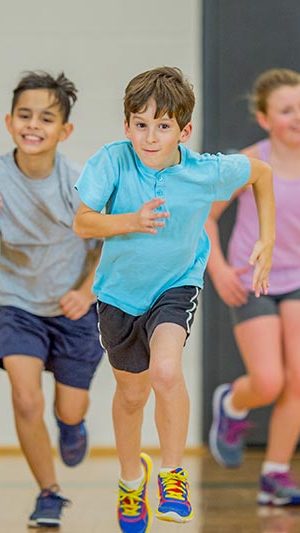
During this year of Building Healthy Communities Implementation, PE teachers will:
- Align curriculum. We ask that you utilize an evidence-based curriculum to align your PE practices with state and national standards. We’ll provide you with the EPEC PE curriculum. If your district utilizes another standards-aligned curriculum, that’s OK too – feel free to use EPEC (and the other great resources on the “Quality PE” page of the BHC website) to supplement your instruction.
- Keep students active. Aim to ensure that students are active at least 50% (or more!) of the time they spend in your PE class. (Keep reading for good ideas to increase time in MVPA).
- Encourage PE outside of school. We know that PE class alone won’t meet the daily physical activity guidelines for children. Champion the physical activity cause outside of your class and school!
- Utilize professional development. Even the most seasoned teachers benefit from professional development. We expect that you’ll participate in the full scope of this online training and utilize the resources on our website to continually improve your practice. If you’d like additional professional development opportunities, please talk with your School Coordinator about additional opportunities.
- Participate in evaluation. At the end of the academic year, we’ll ask that you complete a short survey so we can hear all the ways that you’re incorporating high-quality practices into your PE classes.
Gopher Sport Customer Care Gopher Sport, (855-899-9560) to replace broken or damaged items. Please have your order number ready and tell Gopher that you are part of Building Healthy Communities. If you have any issues, contact your School Coordinator for assistance.
